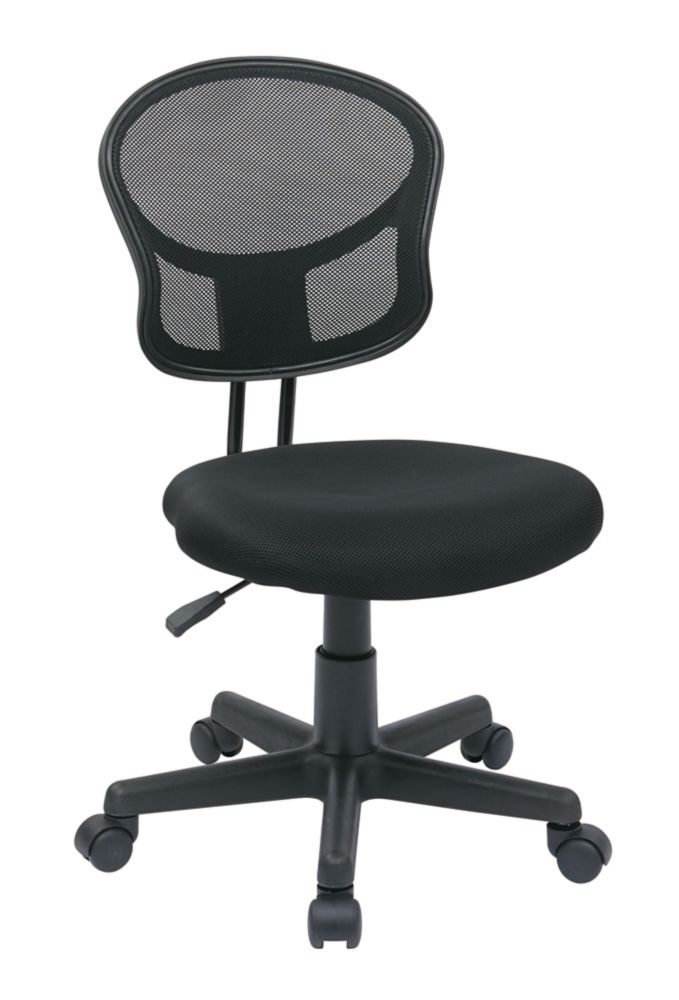
“We’re increasingly moving towards personalised control,” said Shipworth.
Task office free#
If all else fails, invoke your right to free drinking water, regular breaks – and ‘sufficient’ thermometers.Īll said, the thermostat wars might be at an end.

In Australia, above 34☌ (93.2F) workers are entitled to take 30 minutes off per hour. If you do find yourself working in a sauna, try ganging up with your colleagues employers in the UK are legally required to assess the temperature if 10% of staff complain. So what are your rights? While there’s a legal minimum working temperature in most countries (16☌ in the UK, 60.8F), many don’t set an upper limit, stating instead that the temperature should be ‘reasonable’. Mild temperature variation may be healthy – but working in extreme heat or cold can be downright dangerous. “By exposing yourself to mild cold and mild warm environments you get both cardiovascular and metabolic exercise,” he said. In Kingma’s view, spending most of our lives in temperature-controlled environments isn’t just environmentally irresponsible, it could be harming our health – contributing to the obesity epidemic and fuelling the rise of metabolic disorders such as diabetes. Steering clear of the thermostat may have other benefits. The hope is that one day psychological tricks could keep workers happy while saving on energy bills. “There’s a long historical association there, potentially dating back to red campfires and blue ice,” said UCL researcher Shipworth. What the volunteers didn’t know was that the room temperature was either being increased or decreased while they were there.ĭespite this, volunteers on a cooling cycle felt significantly warmer under the ‘warm’ light than those under the ‘cool’ light. That’s because, according to the latest psychological experiments, our inner thermometers are nowhere near as reliable as we think.įor a small study published this year, each of the 32 participants spent an hour in a room illuminated with either a ‘warm’, sunset glow or ‘cool’ lighting and reported how warm they felt every ten minutes. If your boss still won’t ease off on the air conditioning, there are other ways to warm up. Someone had hand warmers in the microwave once,” Ben said. “The women in my office keep their coats on their chairs because they know they’ll have to put them on during the day. To many office workers, this will hardly come as a surprise.

When students were asked to pick the most cost-effective mobile phone plan from two options in either a cool (19☌ or 66F) or a warm (25☌ or 77F) room, the group in the cooler room chose the right plan twice as often, suggesting complex decisions are more difficult when we’re warm.

When the temperature dropped five degrees, they were half as productive, more than doubling the number of mistakes.īut it’s not quite that simple. At 25☌ (77F) they were typing non-stop with an error rate of just 10%. Although it measured the activity of just nine women, the results were arresting. One study looked at the impact of the ambient temperature on worker efficiency, by tracking the activity of clerks in an insurance office. Take productivity – something most employers have a vested interest in. It depends what you’re measuring,” said David Shipworth, a researcher at the UCL Energy Institute. “Part of the problem is trying to work out the ‘correct’ temperature. Over the years, employers have spent millions on research, discovering what many of us knew all along: finding an office temperature to please everyone, all the time is basically impossible. As it turns out, we’re asking the wrong question.


 0 kommentar(er)
0 kommentar(er)
